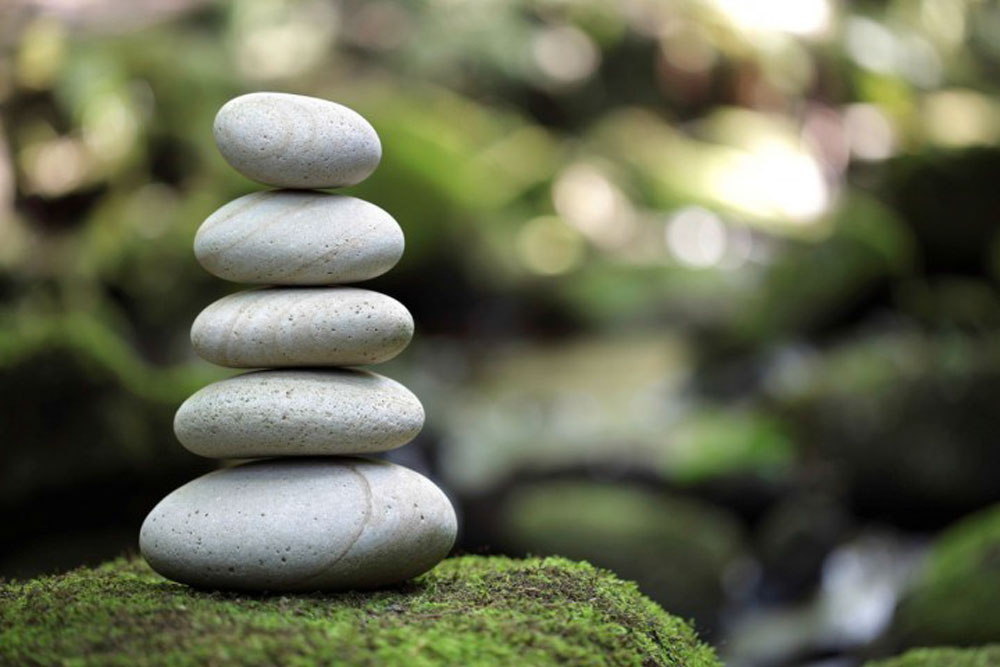Relaxation is the key to all technique. Often when we’re on the spot trying to perform our best, the natural tendency is to tense up. The “fight or flight” instinct is activated. In violin playing, tension blocks the natural springy weight of the bow arm, leading to smaller tone and reduced control. Tension in the left hand causes fingers to push into the fingerboard and then lift too high, leading to loss of speed, accuracy and efficiency. There is also the danger of playing-related injury.
Often tension develops needlessly because we don’t take the time to establish the correct physical feeling and posture. During your next practice session, try placing the bow on the string, setting up good left hand posture and then isolate the following four areas for relaxation:
- right shoulder
- right elbow
- right hand and wrist
- knuckles of the left hand
Focus on each area individually for a few seconds and then play. If you feel tension creeping back in, shake out your arms and hands and go through the process again. Over time, the roadblock of tension will be removed, leading to more efficient playing.
The key to facility and accuracy and, ultimately, to complete mastery of violin technique is to be found in the relationship of mind to muscles, that is, in the ability to make the sequence of mental command and physical response as quick and as precise as possible.
-Ivan Galamian


An interesting insight and one I hadn’t given much thought to. Thanks!
I would also add left shoulder. Using the analogy of a hose pipe – if you put a kink in it, water (energy) won’t flow through it. Any tension between the brain and fingers will have an effect on your ability to use them optimally.
In an article you mentioned ‘good left hand posture’…..could you please explain exactly what you mean, and how it is achieved? Thank you.
Thank you for bringing this up, Lyn. Good posture is essential to relaxation. I offer a few thoughts on the left hand in my post, Six Steps to Great Violin Posture.